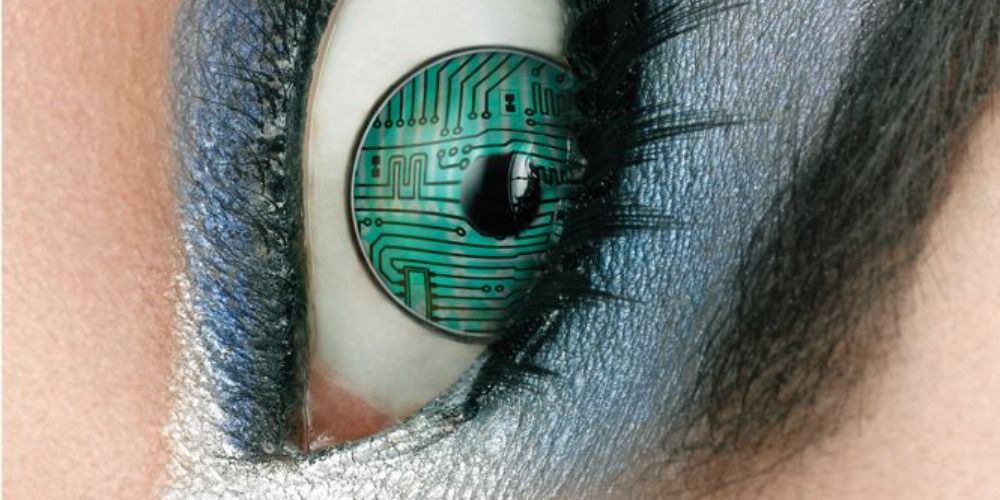For decades, engineers have been struggling to develop a viable alternative to the century-old white cane, used by individuals with vision impairment, but a new robotic cane, modeled after the classic tool but sporting a 3D camera, an inertial sensor, a rolling tip, and an onboard computer, promises to revolutionize navigation for blind and visually impaired users. The cane, which is a seriously high-tech update to one of the simplest of tools, can upload building floor plans to its computer, allowing it to improve navigation indoors where existing GPS technologies still fall short.
Despite the age of the classic white cane — 2021 marks exactly 100 years since its first recorded use — it remains one of the most trustworthy and reliable navigational tools. On one hand, this shows that an upgrade is long overdue, but on the other hand, this history lends the tool an irreplaceable familiarity for those that use them as well as observers. This means that alternative solutions have a hard time catching on and a truly remarkable invention would be necessary to shake things up.
The unnamed robotic cane, developed by Cang Ye, Ph.D. and his colleagues at the Virginia Commonwealth University, looks to be just that. The group's research is backed by the National Institutes of Health (NIH) as part of the ongoing effort to bring electronic navigation aid to the mainstream. Until this point, the main benefit electronic aids had over the traditional white cane was that they could detect objects above ground. Now, Ye's device aims to cover many more functionalities, starting with indoor navigation.
Mapping Onto Floor Plans
Early models of Ye's robotic cane incorporated building floor plans or architectural designs in order to guide the user to their destination. The cane can do this with the help of auditory cues and a rolling tip that could turn the user the exact angle they needed for each corner. These auditory and tactile cues would also alert the user to obstacles such as door frames, furniture, hanging signs, and loose objects. However, when used over long distances, inaccuracies in the user's location would build up and could end up leading them to the wrong destination. In order to address this issue, the team added a color depth camera which, much like a regular mobile phone camera, can determine distances. The device's onboard computer would then map the visual information to the provided floor plan to adjust for minor errors and keep the user on track.
Currently, this new cane is still too heavy for regular use, but once the team manages to lighten it, it shows a lot of promise. The fact that they added an option to switch between its robotic functions and a classic "white cane mode" should also contribute to its appeal and perhaps boost adoption once a retail model is created. If implemented correctly, this robotic upgrade could prove to be a huge step in independence for blind and visually impaired users.
Source: IEEE Explore


